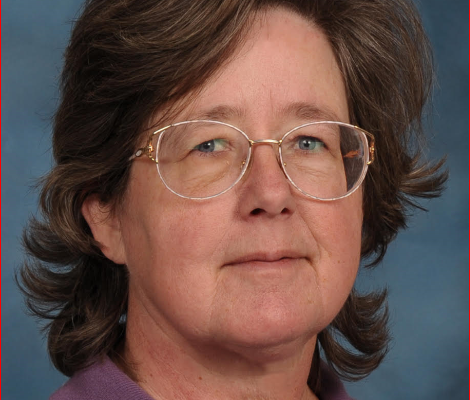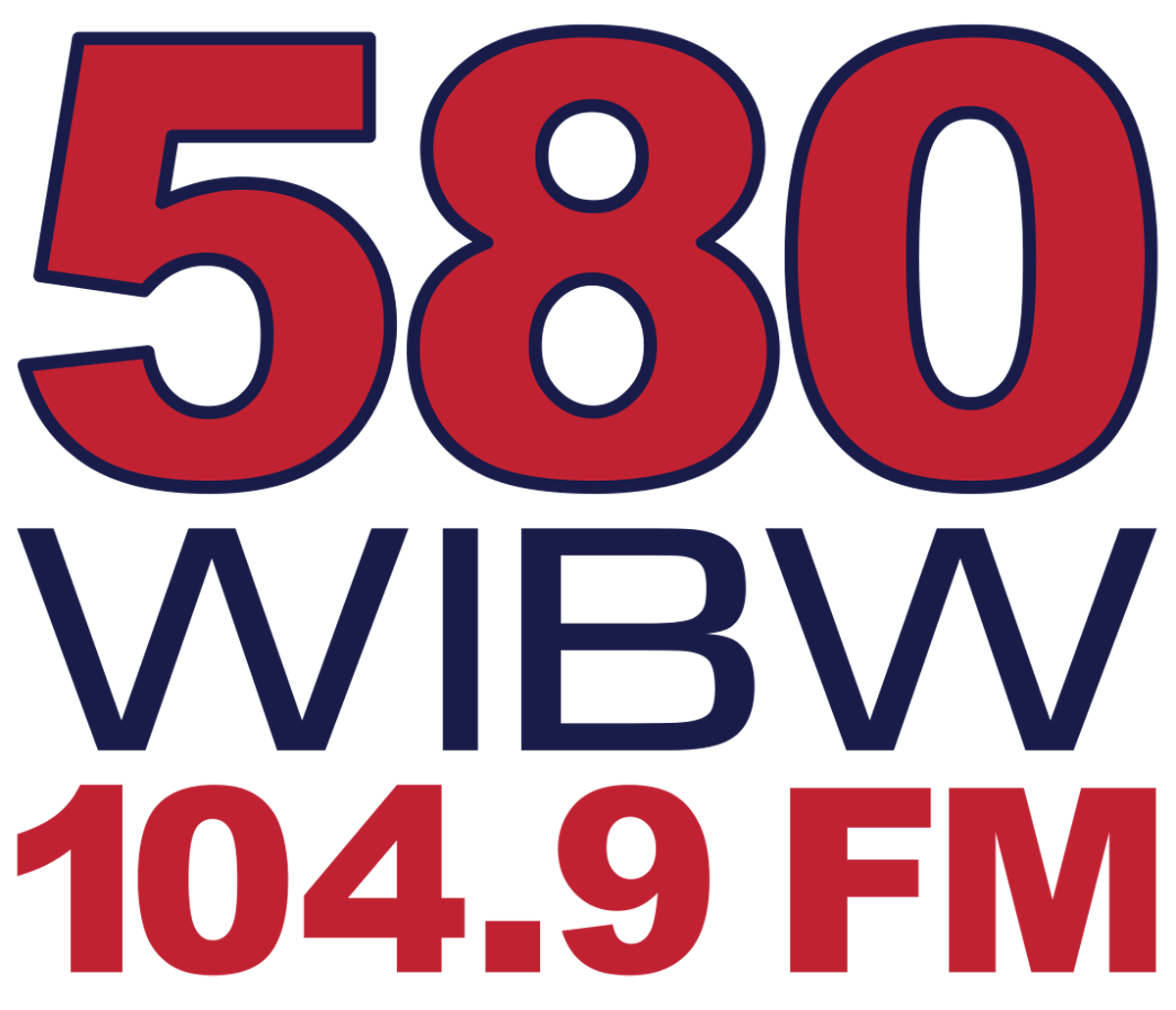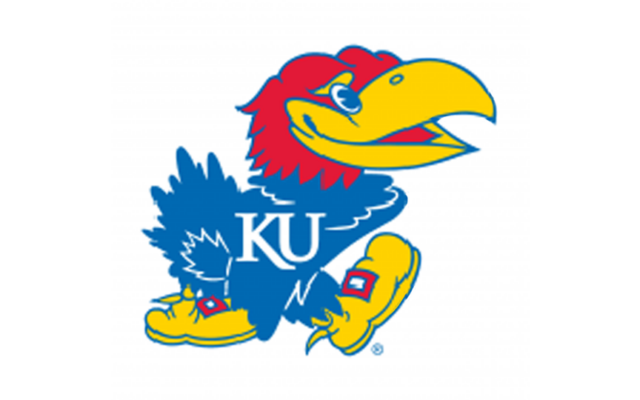More Moisture Seen For Spring Months In Kansas

It looks like a wet spring ahead.
That’s according to Mary Knapp, agronomy climatologist at Kansas State University, Manhattan.
Speaking during a Farm Profit Seminar in Alma, Knapp first reviewed temperatures of the past year.
Northern tier of Kansas counties was cooler than southern counties with range from 49 degrees west to 53 degrees northeast.
East central Kansas annual mean temperature was about 55 degrees, while southern counties averaged about 56 degrees the state’s width.

Charts indicated east central Kansas temperatures were warmer comparable to that of southwest Kansas averaging 4 percent above normal.
Weather Data Library in the KSU Department of Agronomy showed far western Kansas counties 2018 precipitation 17 to 24 inches.
Central Kansas precipitation last year was from 24 inches to as much as 52 inches in south central Kansas.
Northeast Kansas averaged 16 to 24 inches moisture in a few counties with the far southeast about 52 inches. The climatologist related that east central counties averaged 40 inches to 45 inches precipitation last year.
Those precipitation totals were 8 to14 inches above normal for central Kansas. Yet, moisture was as much as 11 inches below normal in some northeast counties, Knapp stated.
Certain northwest and north central Kansas counties had from 36 to 51 inches of snow last year. Northeast and east central Kansas snowfall in 2018 ranged from 6 to 12 inches. Knapp point out that that south central and southeast Kansas had only an inch to 6 inches of snow.
Monthly mean temperature in northeast Kansas during 1918 was about 26 degrees compared to the southern counties about 33 degrees. Central Kansas the state’s width averaged about 30 degrees, according to Knapp.
January 2019 precipitation along the eastern border was about 2 inches while less than a quarter of an inch in northwest Kansas.
This January’s temperatures ranged from a negative 5 degrees to 63 degrees in east central Kansas, Knapp said
Thanks to fall rainfall, Kansas is out of drought severity compared to extreme drought in western and southwestern states.
Comparing drought status in February, 1918, to November, 2018, Knapp said there was sharp improvement in northeast Kansas moisture supplies.
Two week outlook for Kansas indicates 60 percent chance above normal precipitation with that prediction for much of the country.
Temperatures in the state for February are to be below normal, Knapp said. Lower temperatures are also seen for northwest states with above normal temperatures in far southeast states.


